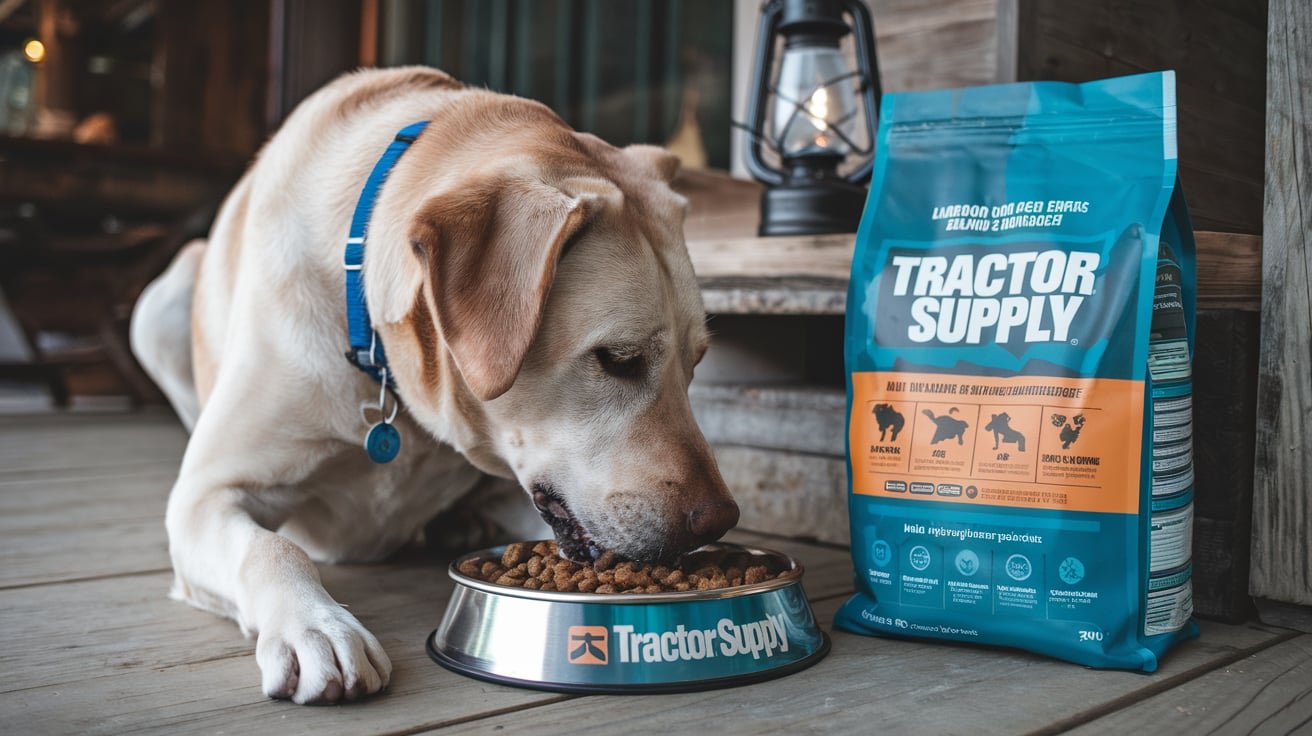How to Handle a Puppy Screaming in Crate for Hours: A Step-by-Step Guide
Bringing home a new puppy is an exciting experience, but it comes with its fair share of challenges. One of the most common issues new pet owners face is their puppy screaming in crate for hours. This behavior can be stressful for both the puppy and the owner, but with the right approach, it can be managed effectively.
Understanding Why Your Puppy is Screaming
Before diving into solutions, it’s important to understand why your puppy is screaming in the crate. Crating is a new experience for most puppies, and it can be overwhelming. Here are some common reasons:
- Separation Anxiety: Puppies are often used to being close to their littermates and mother. Being alone in a crate can trigger separation anxiety, leading to crying and screaming.
- Fear of the Crate: The crate is an unfamiliar space. A puppy might associate it with confinement and fear, especially if they haven’t been introduced to it gradually.
- Need for Attention: Puppies are social creatures. Sometimes, they cry simply because they want to be with you.
- Physical Discomfort: If your puppy needs to go to the bathroom, is too hot or cold, or feels uncomfortable, they will express this by crying.
Anecdote:
When I first brought my Labrador puppy, Max, home, I was thrilled. However, the first night was far from what I expected. Max screamed in his crate for hours, and I found myself pacing the room, unsure of what to do. I tried everything—cuddling, feeding, and even bringing his crate closer to my bed—but nothing worked. It wasn’t until I understood his fear of the crate that I could help him adjust.
Step-by-Step Guide to Managing Crate Training
1. Introduce the Crate Gradually
Your puppy needs to see the crate as a safe space, not a place of punishment. Here’s how to do it:
- Day 1: Place the crate in a common area where your puppy spends most of their time. Leave the door open and put some soft bedding inside.
- Day 2-3: Begin feeding your puppy near the crate. Gradually move the bowl inside the crate until they’re comfortable eating in it.
- Day 4-7: Start closing the door for short periods while your puppy is inside, gradually increasing the time.
Learn more about introducing the crate.
2. Use Positive Reinforcement
Every time your puppy enters the crate, give them a treat. This helps them associate the crate with positive experiences. Use toys that they love, and always praise them when they go inside willingly.
3. Establish a Crate Routine
Consistency is key. Create a schedule where your puppy spends time in the crate at specific times, such as during naps, at night, and when you leave the house. This helps them understand when it’s crate time and reduces anxiety.
4. Handle Separation Anxiety
If your puppy has separation anxiety, avoid making a big deal when you leave or return home. Gradually increase the time you’re away, starting with a few minutes and working up to longer periods.
Learn more about separation anxiety in puppies.
5. Ensure Comfort Inside the Crate
Make sure your puppy’s crate is comfortable. Use soft bedding, but be careful with young puppies who might chew on it. Ensure they’ve had a chance to relieve themselves before crating, and consider using a crate cover to create a cozy, den-like environment.
6. Ignore the Screaming
This might be the hardest step, but it’s essential. If your puppy is screaming in the crate for attention, giving in will only reinforce the behavior. Instead, wait until they’re calm before letting them out or giving them attention.
7. Consult a Professional
If the screaming persists despite your efforts, it might be time to consult a professional dog trainer or veterinarian. They can provide additional guidance and help address any underlying issues.
Common Mistakes to Avoid
- Using the Crate as Punishment: Never use the crate to punish your puppy. This will only create a negative association.
- Leaving the Puppy in the Crate for Too Long: Puppies have small bladders and can’t hold it for long periods. Ensure you’re letting them out frequently enough.
- Inconsistent Crate Training: Be consistent with your training. Inconsistency can confuse your puppy and prolong the adjustment period.
Products to Consider
- Comfortable Crate Bedding: Soft, washable bedding that fits your puppy’s crate.
- Interactive Toys: Toys that can keep your puppy entertained while in the crate.
- Crate Covers: To create a den-like environment.
Conclusion
Handling a puppy screaming in crate for hours can be challenging, but with patience, understanding, and the right approach, you can help your puppy adjust to their new space. Remember, crate training is a process that takes time. Stick to the steps, avoid common mistakes, and soon enough, your puppy will see their crate as a safe and comforting place.



I appreciate the detailed explanation.
I love the depth of your articles.